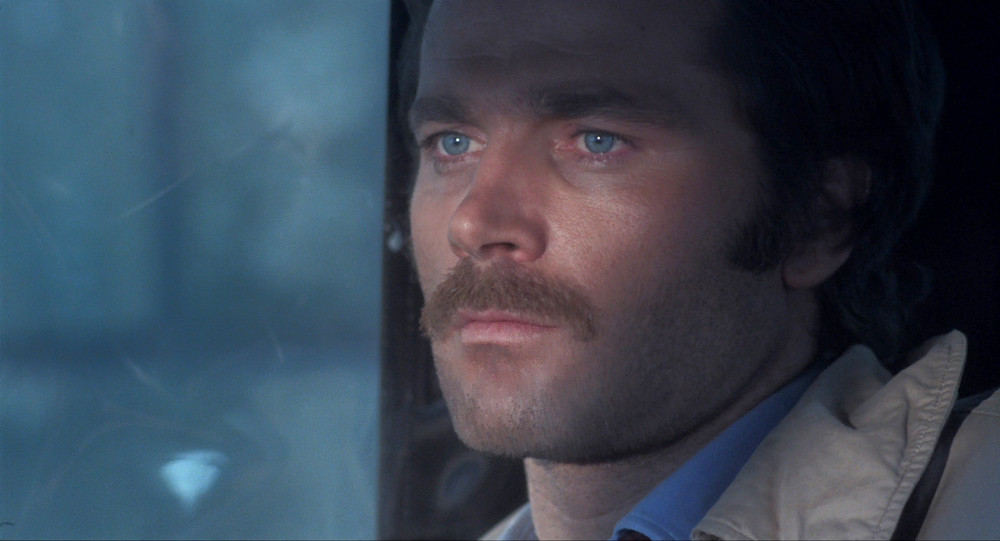
Without them, there would be no slasher movie. Seriously. They gave us the first-person perspective during a murder, the successive beautiful women getting stabbed to death, the gratuitous sex, even the idea of revealing the killer’s identity during a final confrontation with the last survivor. Really, what’s Friday The 13th if not an American giallo?
And sure, you might be able to name off the big ones: Deep Red, Blood And Black Lace, even Seven Blood-Stained Orchids. But this list isn’t about that. It’s about the weird gialli, the ones from big names and nobodies, the ones which slipped through the cracks. There are ones in here which amount to incomprehensible gibberish, and ones which are so beautifully plotted it’ll make your head spin. Ones with tons of death and ones with very little, if any. I like to think there’s something here for everybody.
This is all about the bizarre, the unknown and the forgotten ways that Italian models can get murdered. Let’s get started.
1. Spasmo (1974)
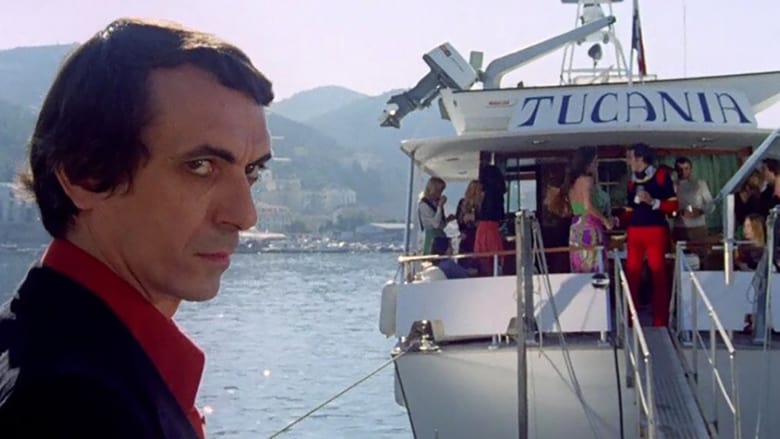
Umberto Lenzi is a name that looms large in Italian horror cinema. I’ve spent plenty of time singing the praises of Nightmare Beach, Nightmare City and Cannibal Ferox, among others. But perhaps his best work, including Seven Blood-Stained Orchids, is in the giallo genre, and other than that aforementioned classic, none exemplifies his mastery of the genre better than Spasmo.
Now, if there’s one lingering, pervasive problem with giallo movies, it’s this: their plots are absolute nonsense. Byzantine on their best days, many, if not most, if these movies are incomprehensible, including this one. There’s a lot of stuff about mannequins, some mysterious disappearances, and, for much of the movie, not a lot in the way of murder. This is because Lenzi opts to not show any murders until the very end, to keep the audience guessing. It’s a neat trick, and it pays off, but there’s no doubt that the audience has to work for it. Consequently, any attempt to try and explicate its plot would be in vain, because the structure of the movie dictates that you only really know what it’s about in the last few minutes.
Of course, there are plenty of great movies the audience has to work for: 2001, Solaris, and a good chunk of David Lynch, for starters. Is Spasmo of the same calibre? It certainly makes for a great guessing game, and uses the whole of Italian cinema’s cinematographical language, including those great close-ups that Sergio Leone popularized. And the payoff is so, so worth it. You’ll never see this coming.
Basically, Spasmo is the work of an unsung genius deciding to go off-road, and it works. There’s no better praise I can give than that.
2. Death Walks On High Heels (1971)
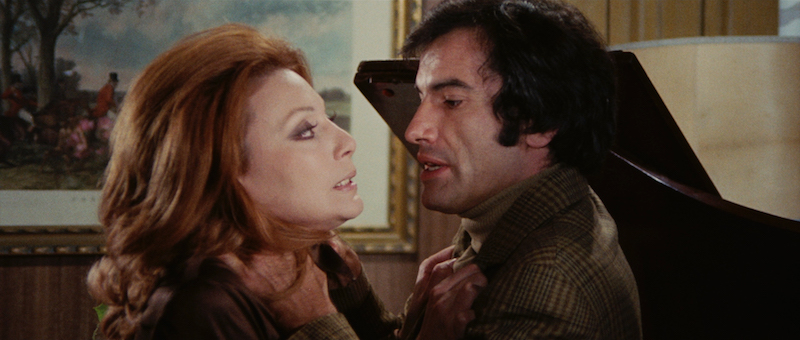
I’m obsessed with B-movie titles. (Here are a few from the classic era: The Creature With The Atom Brain, Fire Maidens From Outer Space and Terror From The Year 5000.) What’s brilliant about them is that they manage to be equal parts on the nose and mysterious, after all, isn’t every creature technically one with an atom brain? In giallo, this tradition is similarly upheld, in that they have their own “brand” of title, often stemming from the genre’s fixation, since Bava created it, with hyper-sexualized women getting ravaged by a mysterious, black-gloved killer. And what title better exemplifies this than Death Walks On High Heels?
Consider the plot: a stripper’s father is murdered on a train. The police wanna know about some missing diamonds, which appear to have attracted the interest of a bizarre, sadistic man. This man assaults the stripper and stalks her, even when she runs off to a small, coastal village in England.
Maybe more so than any other movie on this list, Death is a great introduction to the genre. You’ll get all the sex and violence, the beautiful Italians, the camerawork, the dubbed dialogue, everything. It’s all contained within that title, and never lets you down from minute one onward.
3. The Crimes Of Petiot (1973)
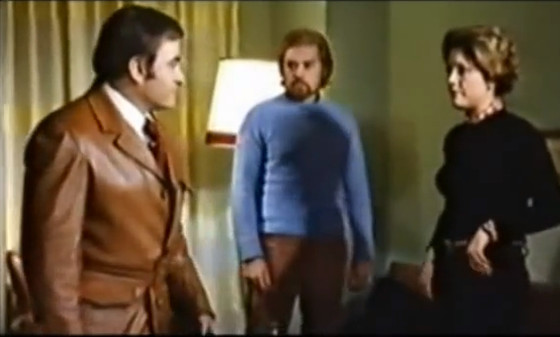
Martin Scorsese talks about how, when they’d see old movies in the theatres when he was coming of age, the prints would often be really bad. From what I understand, grindhouse movies in particular were notorious for having missing and damaged reels, technical problems and other sorted mishaps. Most of us will never experience that, but here’s what we can experience: poor digital transfers. It’s more fun than it sounds.
One of the great buys of my youth was a boxset of ten movies at Canadian Tire called Gore And More, which featured Driller Killer and Bad Taste, both in ridiculous transfers that cut off most of the frame and were often too dark to see. I always thought it added to the sordidness and authenticity of these movies. The YouTube transfer of The Crimes Of Petiot is of a similar vein, and really helps make the experience — weird though that may sound.
Almost from the first frame, Petiot feels like a home movie. The killer, far from iconic, though very cool, dispatches two victims in the first ten minutes on a cheap set with cheaper actors. From there, we’re treated to a story that, of course, revolves around Nazis and stabbing, and does so in a very giallo way. It’s a low budget fever dream. It’s also very, very fun.
Not exactly a ringing endorsement? Whatever. If you’re reading this, you probably also watched August Underground or Killer Klowns From Outer Space. What do you care? You’re used to seeing low budget movies.
Watch it for the experience. Petiot will be nobody’s favourite giallo, but it’s an unforgettable good time anyway.
4. What Have You Done To Solange (1972)
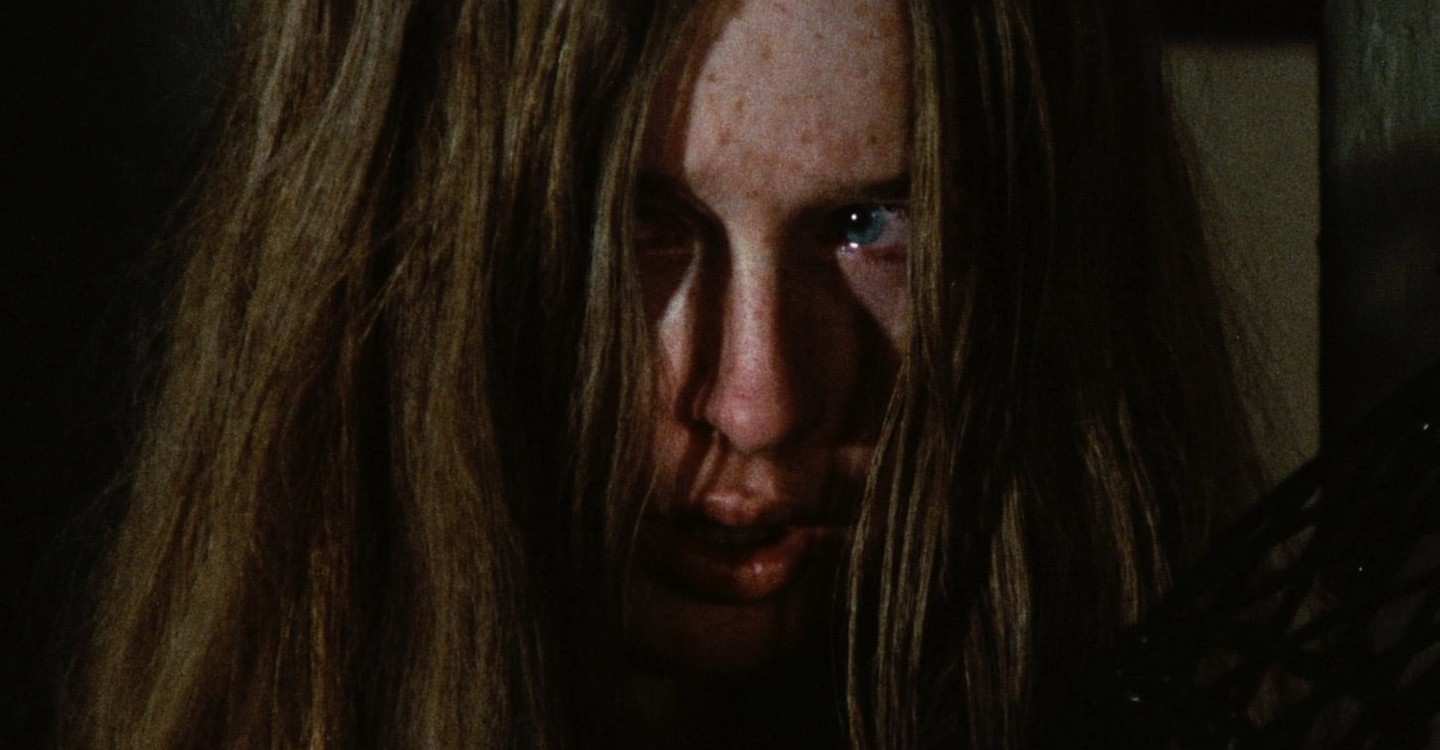
Now, in the interest of fairness, Solange isn’t exactly an obscure giallo. In some circles, in fact, it’s regarded as one of the greatest of all time. (Those circles would be correct, by the way.) But I’ve been watching these movies for years and I only just heard of it, so if it’s new to me, it must be new to somebody else.
Here’s the set-up: a teacher is having an affair with one of his students. While they’re canoeing down a river, one of the student’s classmates gets killed by having a knife inserted into her genitals (you read that correctly), and thus begins a series of slayings, and a mystery, that’s right out of a Cannibal Corpse song.
For bonus points, this is one of the few gialli which has an actual, workable mystery. There are revelations that are legitimately shocking, including the final one, which is usually when these movies fumble. And the writers, Bruno Di Geronimo and the director, Massimo Dallamano, have an incredible way with a red herring: truly, there are several great contenders for the villain.
I really can’t recommend this movie enough. Rumour has it, too, that Nicolas Winding Refn is looking to produce a remake. Given the success that Guadagnino had with Suspiria, maybe these old, weird Italian movies are set to find their way into popular consciousness.
Oh, also: Dallamano was the DoP on A Fistful Of Dollars and For A Few Dollars More. Cool, right?
5. Lisa And The Devil (1973)
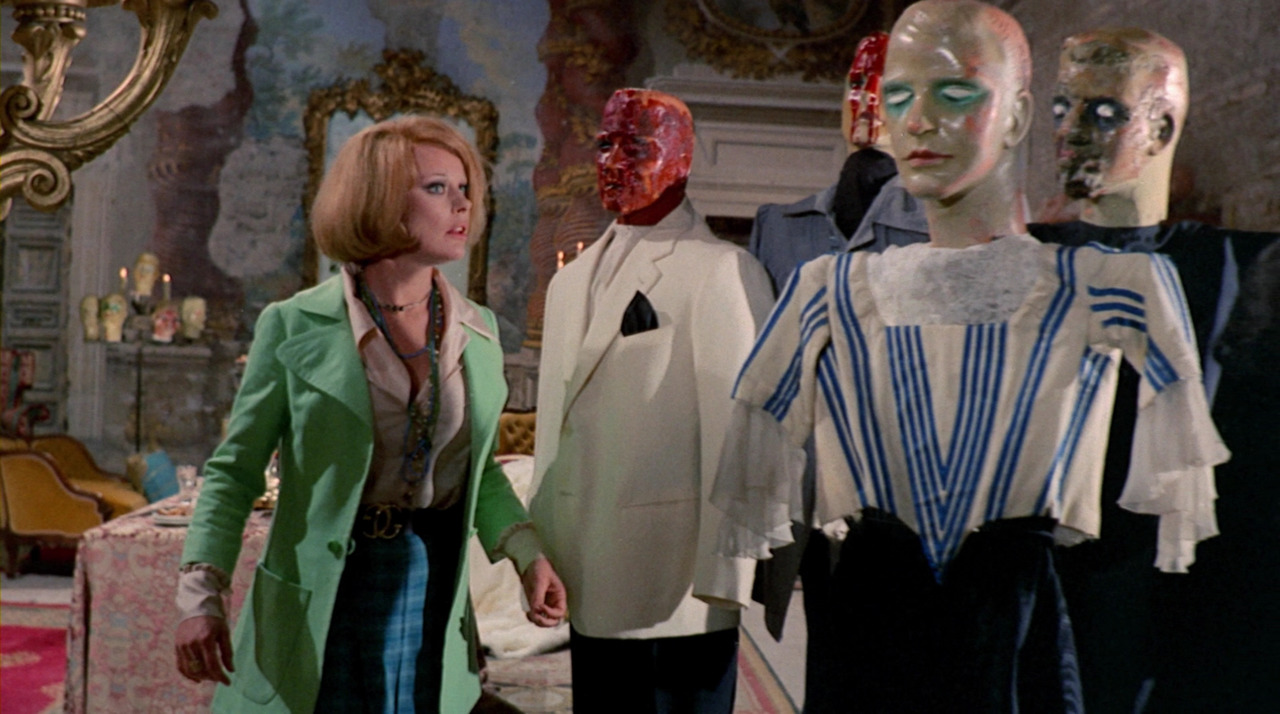
Here’s a list of movies that are all of a type: Braindead (the Roger Corman one from the Charles Beaumont script); In The Mouth Of Madness; Carnival Of Souls. What they all have in common is they’re all what I like to call “mind fuck” movies; or, movies in which characters are dragged through a surrealistic nightmare, which usually involves hallucinations, hauntings and time jumps. (Spasmo is close to this as well, but different. You’ll see.)
Most of these movies end with the main character realizing they’re insane, or, in mimesis of “An Occurrence At Owl Creek Bridge”, reveal that the main character has been dead this entire time. Lisa And The Devil is that sort of movie, but done with such a high degree of professionalism that it becomes art, and, it should be noted, without either of those two hacky endings.
It begins with a mural of the devil on the side of a building. Lisa, an American tourist in Spain, runs into a man buying a dummy who looks suspiciously like that devil. Fate brings her to the devil’s house, and what happens from there on in is best left for the viewer to experience. It’s wild, strange and scary, and never loses its mystery for one second. This is Mario Bava, ladies and gentlemen. He’s the great genius of Italian movies.
Oh, and who’s that playing the devil? (If that’s indeed what he is. There are some revelations coming your way that you wouldn’t see coming if you had a million years and nothing but free time.) Why, that’s Telly Savalas, Blofeld from the greatest of all Bond movies, On Her Majesty’s Secret Service. Watch the tics he gives the character, the way he plays with the sucker he has perpetually shoved in his mouth. You won’t be able to forget it.